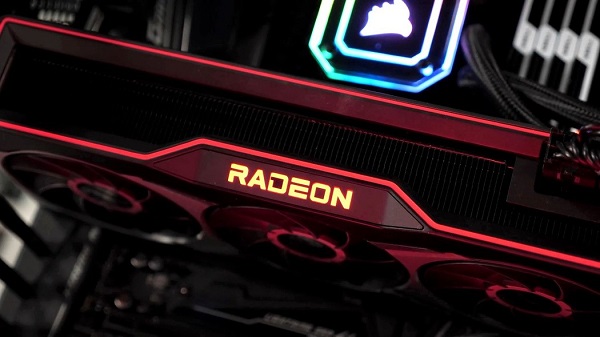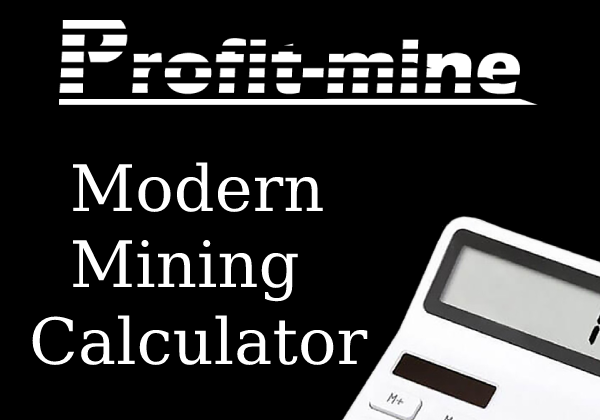 Almost a year after announcing their flagship graphics card models, the RX 7900 series, AMD released their mid-budget models, the RX 7700 XT and RX 7800 XT, in September 2023. During the times of the RX 480 and RX 580, AMD's offerings were the most profitable graphics cards for mining in terms of price/performance ratio and were in high demand among both miners and gamers. However, considering the long delay in the release of the RX 7800 XT and RX 7700 XT, even AMD itself seems uncertain about the success of these graphics cards. Nevertheless, we will still evaluate the new RX 7700 XT from AMD for its use in cryptocurrency mining and compare it with competing solutions from Nvidia.
Almost a year after announcing their flagship graphics card models, the RX 7900 series, AMD released their mid-budget models, the RX 7700 XT and RX 7800 XT, in September 2023. During the times of the RX 480 and RX 580, AMD's offerings were the most profitable graphics cards for mining in terms of price/performance ratio and were in high demand among both miners and gamers. However, considering the long delay in the release of the RX 7800 XT and RX 7700 XT, even AMD itself seems uncertain about the success of these graphics cards. Nevertheless, we will still evaluate the new RX 7700 XT from AMD for its use in cryptocurrency mining and compare it with competing solutions from Nvidia.
Technical Specifications of the AMD Radeon RX 7700 XT Graphics Card
| Specifications | RX 5700XT | RX 6700XT | RX 7700XT |
RTX 4060 Ti |
RTX 4070 |
|---|---|---|---|---|---|
| Release date | 11.06.2019 | 18.03.2021 | 06.09.2023 | 24.05.2023 | 13.04.2023 |
| Frequency GPU (BOOST) MHz | 1605(1905) | 2321(2581) | 1900 (2544) | 2310 (2540) | 1920 (2475) |
| ALU Cores | 2560 | 2560 | 3456 | 4352 | 5888 |
| GFLOPS FP32 | 9750 | 13210 | 35170 | 22060 | 29150 |
| Memory | 8GB GDDR6 | 12Gb GDDR6 | 12Gb GDDR6 | 8Gb GDRR6 | 12Gb GDDR6X |
| Memory bus width | 256bit | 192bit | 192bit | 128bit | 192bit |
| Total memory bandwidth | 448Gbit/s | 384Gbit/s | 432Gbit/s | 288Gbit/s | 504Gbit/s |
| Infinity Cash | - | 96Mb | 48Mb | - | - |
| Power usage | 225W | 230W | 245W | 160W | 200W |
| Announced price, USD | 449USD | 479USD | 489USD | 399USD | 599USD |
| ETChash |
55Mh/s 140W |
50Mh/s 130W |
50Mh/s 140W |
38Mh/s 75W |
62Mh/s 106W |
| KawPow |
28Mh/s 160W |
24Mh/s 200W |
26Mh/s 240W |
19.5Mh/s 95W |
33Mh/s 160W |
Hashrate of the AMD Radeon RX 7700 XT Graphics Card
EThash (ETChash) - 50Mh/s 140W
KawPow - 26Mh/s 240W
Blake3 - 1,45Gh/s 105W
IronFish - 13,1Gh/s 96W
Autolykos2 - 93Mh/s 130W
As seen in the table, the mining performance of AMD's mid-budget graphics cards has remained stagnant for the last three generations, unlike the price, which has increased. When compared to Nvidia's solutions, we observe similar trends, where the mining performance of graphics cards not only does not increase but, in fact, decreases on some mining algorithms (ETChash), while the price continues to rise with each generation. Moreover, when comparing the cost per megahash, Nvidia's products traditionally come out more expensive on most mining algorithms. However, the price advantage of AMD graphics cards is not as significant as it was between 2016 and 2020. Taking into account that Nvidia graphics cards are noticeably more energy-efficient than their competitors, considering the current realities of mining on graphics cards, GeForce cards with a higher price tag would pay off even faster than cheaper and more performance-oriented models from AMD.
In conclusion, it can be said that AMD did not manage to introduce a universal solution for miners that would meet all their needs and, at the same time, outperform competing products in all aspects, as was the case with the Radeon RX 580 graphics cards.









